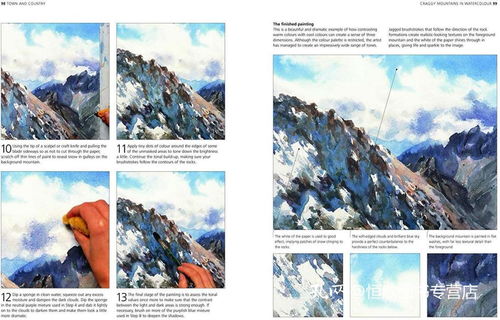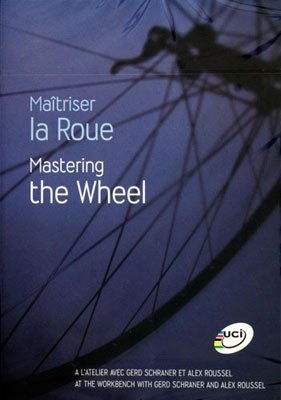Introduction: Fishing has always been a popular pastime, offering a unique blend of relaxation, adventure, and the thrill of the catch. Whether you are a seasoned angler or a beginner looking to explore the world of fishing, mastering the art of fishing can be both rewarding and enjoyable. In this article, we will provide you with valuable tips and techniques to help you improve your fishing skills and make the most out of your fishing adventures. So, gear up and let's dive into the world of fishing!
Choose the Right Equipment: The first step in mastering fishing is to equip yourself with the right gear. Here are some essential items to consider:
a. Rod and Reel: Select a rod and reel that match your preferred fishing style and technique. For beginners, a medium-action rod with a spinning reel is a great choice.
b. Lures and Baits: Depending on the type of fish you want to catch, choose appropriate lures and baits. Soft plastics, spinners, and jigs are versatile options for various fishing scenarios.
c. Tackle Box: A well-organized tackle box is essential for keeping your fishing gear in order. Include essential items such as hooks, sinkers, swivels, and line cutters.
Learn the Basics of Casting: Casting is a fundamental skill that every angler must master. Here's a step-by-step guide to help you improve your casting technique:
a. Hold the rod correctly: Grip the rod with your dominant hand, placing your index and middle fingers on the reel seat. Rest your thumb on the rod's handle.
b. Load the rod: Begin by lifting the rod and bending it slightly. This action is known as "loading" the rod, which increases its power.
c. Cast the lure: With a smooth, controlled motion, sweep the rod back and then forward to cast the lure. Practice different casting techniques, such as the overhead cast, sidearm cast, and roll cast, to improve your accuracy.
Understand Fish Behavior: To become a successful angler, it's crucial to understand the behavior of the fish you want to catch. Here are some tips to help you gain insights into fish behavior:

a. Study the species: Research the habits, feeding patterns, and preferred habitats of the fish you want to target.
b. Observe the environment: Pay attention to water conditions, such as temperature, clarity, and flow, as they can affect fish behavior.
c. Learn to read signs: Look for signs of fish activity, such as surface disturbances, bubbles, or schools of fish near the shore.
Master Bait Presentation: Bait presentation is a critical factor in attracting and catching fish. Here are some techniques to help you improve your bait presentation:
a. Trolling: Use a boat or a float to move your bait through the water at different speeds, simulating natural prey movement.
b. Still fishing: Anchor your boat or position yourself on the shore and let your bait sit still, allowing it to sink to the desired depth.
c. Jigging: Move your lure up and down in the water column to mimic the action of a struggling prey.
Develop Patience and Persistence: Fishing requires patience and persistence. Here are some tips to help you stay focused and improve your chances of catching fish:
a. Start early: Arrive at your fishing spot early to give yourself time to set up and get comfortable.
b. Adapt to changing conditions: Be prepared to adjust your tactics based on weather, water conditions, and fish behavior.
c. Stay positive: Maintain a positive attitude and don't get discouraged by unsuccessful attempts. The best catches often come with time and practice.
Conclusion: Mastering the art of fishing takes time, practice, and dedication. By following these tips and techniques, you can improve your fishing skills and enjoy more successful and rewarding fishing experiences. Remember to always respect the environment and practice catch-and-release when appropriate. Happy fishing!












